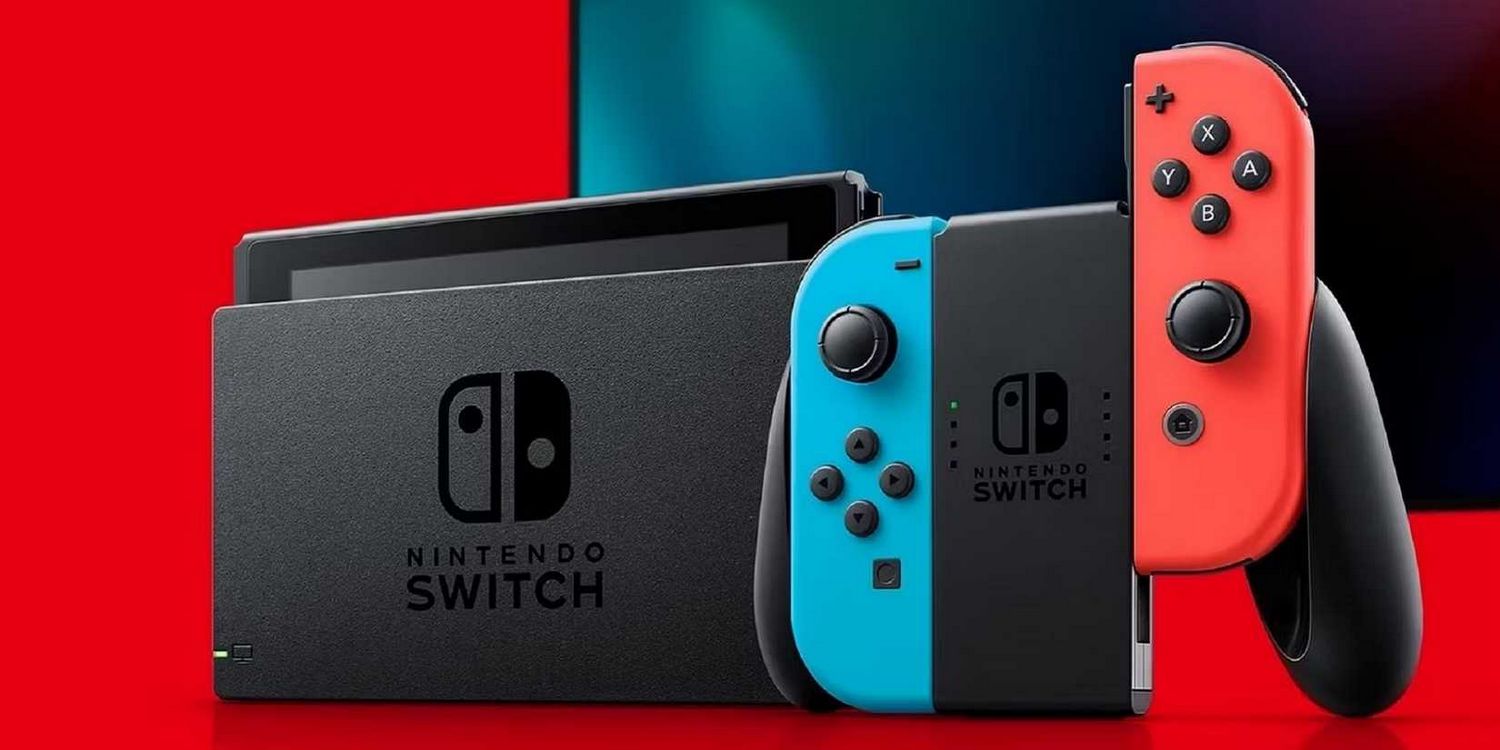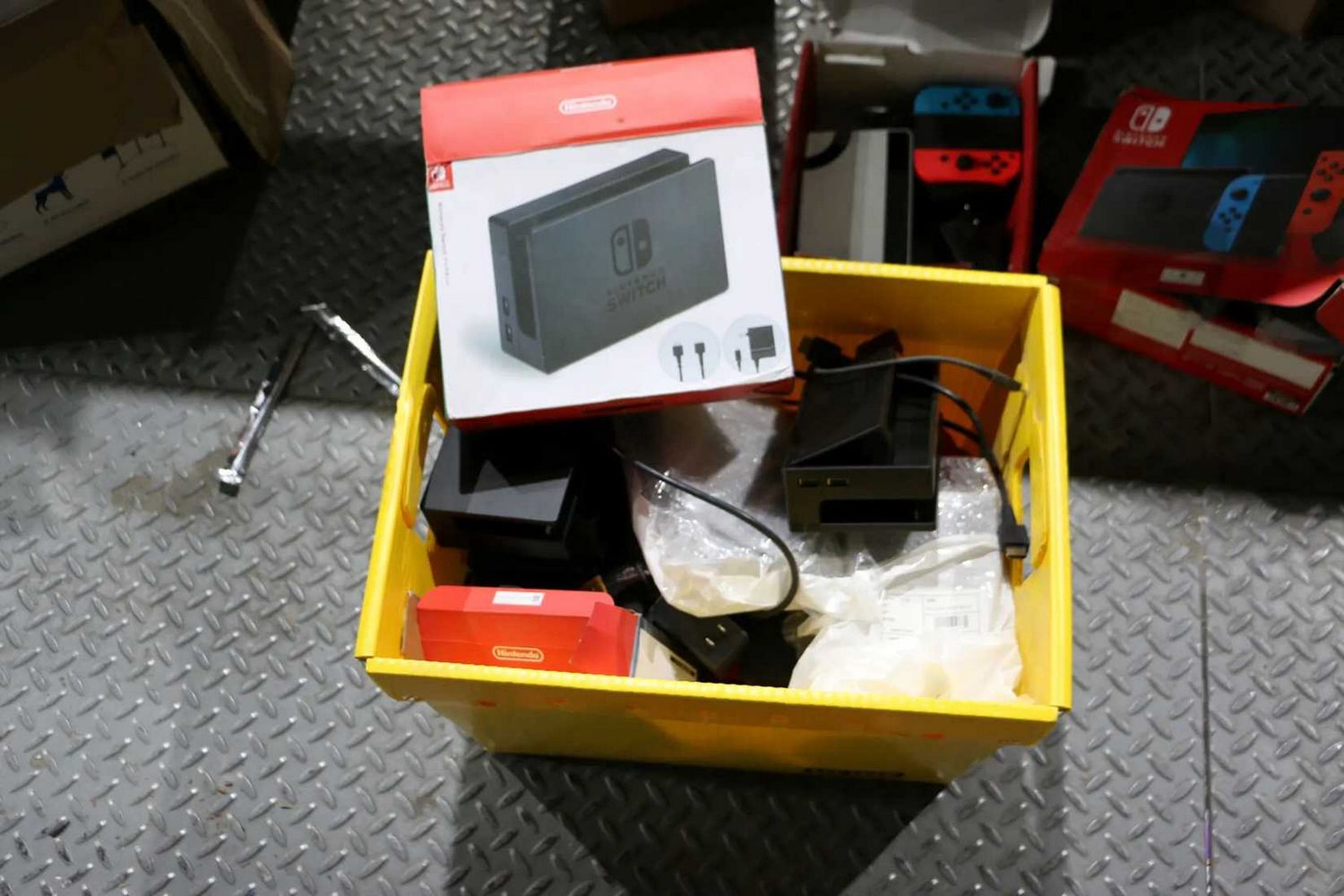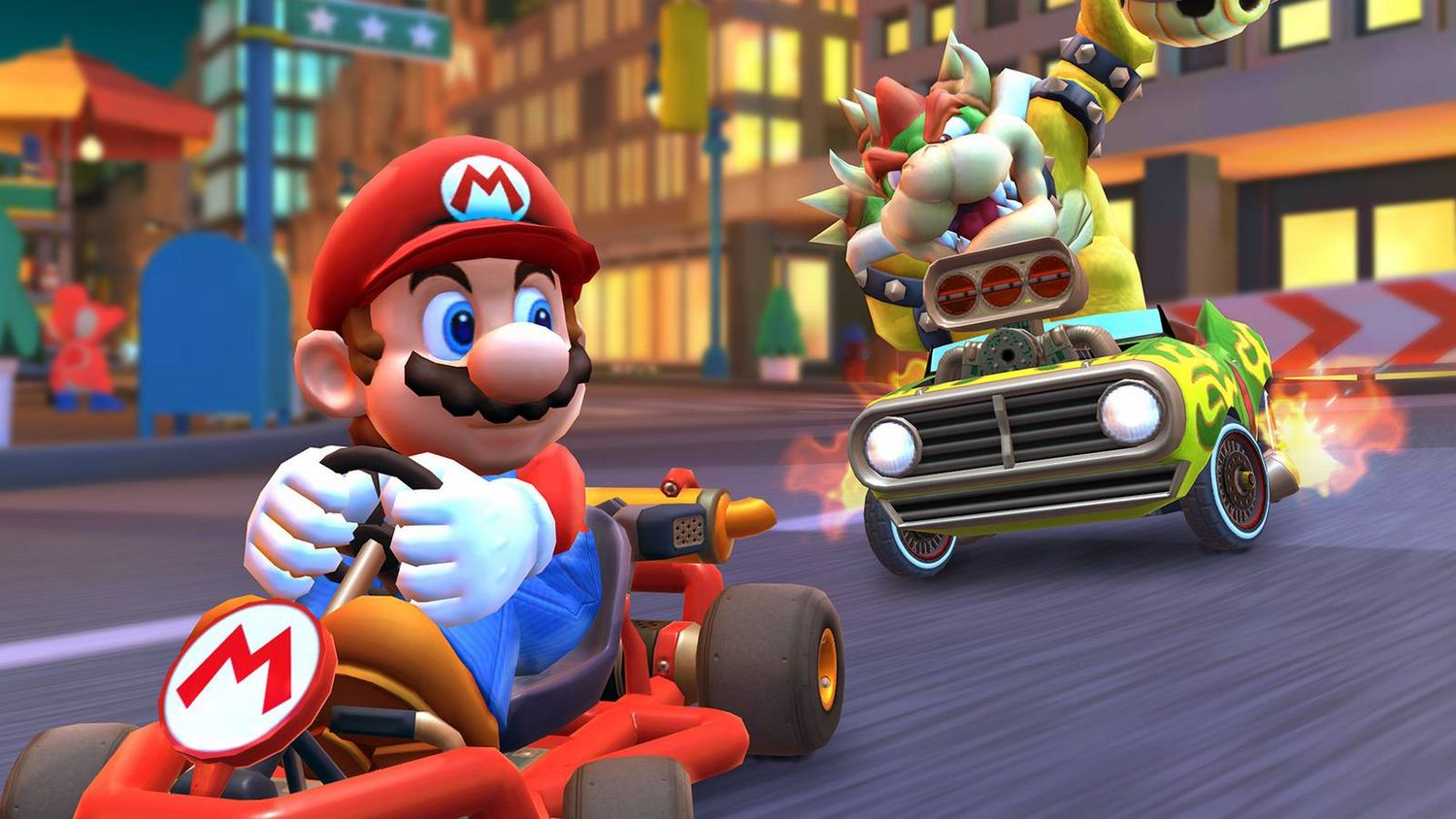Gaming Empire in Ruins: Man Faces Up to 15 Years for $2M Fake Nintendo Product Scheme
Popular Now
 Auto X Drift Racing 3
Auto X Drift Racing 3
 Stumble Guys
Stumble Guys
 God of War Ragnarök
God of War Ragnarök
 Free Fire Max
Free Fire Max
 Among Us
Among Us
 Schedule I
Schedule I
 NBA 2K24
NBA 2K24
 EA SPORT FC 25
EA SPORT FC 25
 Gacha Club
Gacha Club
 Call of Duty
Call of Duty
 NEW YORK – A sophisticated online counterfeit operation has been dismantled, culminating in the arrest of a New York man accused of selling over $2 million in fraudulent Nintendo and Pokémon products. The bust, a stark reminder of the dangers of purchasing counterfeit electronics, highlights the collaborative efforts of law enforcement and corporate partners to combat intellectual property theft and protect consumer safety. This case underscores a growing trend of large-scale counterfeit schemes that leverage the anonymity of e-commerce platforms to distribute unsafe, unauthorized goods to unsuspecting buyers worldwide.
NEW YORK – A sophisticated online counterfeit operation has been dismantled, culminating in the arrest of a New York man accused of selling over $2 million in fraudulent Nintendo and Pokémon products. The bust, a stark reminder of the dangers of purchasing counterfeit electronics, highlights the collaborative efforts of law enforcement and corporate partners to combat intellectual property theft and protect consumer safety. This case underscores a growing trend of large-scale counterfeit schemes that leverage the anonymity of e-commerce platforms to distribute unsafe, unauthorized goods to unsuspecting buyers worldwide.
The Anatomy of a Counterfeit Operation
According to the Nassau County District Attorney’s Office, the man, identified as 34-year-old Isaac Lapidus, allegedly ran a lucrative business for years, importing fake Nintendo accessories from China and the Philippines. The products, which included counterfeit Nintendo Switch docking stations, adapters, and Pokémon Go Plus accessories, were stored in an Island Park warehouse. Lapidus is accused of selling these items through multiple Amazon seller accounts, including “PandaVida Inc.” and “Unibabe.” The scale of the operation was staggering, with prosecutors alleging the sale of more than 200,000 counterfeit Nintendo Switch docking stations and thousands of other fake accessories.
The investigation was reportedly initiated after Amazon received a high volume of customer complaints about the products. The complaints detailed a range of issues, from poor quality and non-functionality to, in some cases, the products posing a potential fire hazard. This torrent of negative feedback and warranty claims ultimately led Amazon to alert authorities, who then brought in Nintendo’s corporate security team to verify the authenticity of the returned goods. Officials from the District Attorney’s office confirmed that the products were “100% counterfeit,” bearing no genuine Nintendo parts.
The Peril of Counterfeit Electronics and Consumer Risk
This case serves as a powerful cautionary tale for online shoppers. While the allure of a lower price tag on a high-demand item can be strong, the risks associated with counterfeit electronics are significant. Experts, including Jake Marquina, a corporate trainer at PayMore Electronics, have pointed out that these fake products often lack the rigorous safety testing and quality control of authentic goods. The use of substandard materials and poor manufacturing can lead to dangerous malfunctions, including overheating, electrical shorts, and even fires. The Nassau County District Attorney, Anne Donnelly, emphasized this point, stating that the primary concern was the potential danger to consumers.
Beyond the physical risks, counterfeit products also represent a significant financial and economic threat. For consumers, purchasing a fake item can result in a complete loss of money if the product fails and cannot be returned. For legitimate businesses like Nintendo, counterfeiting erodes brand trust, leads to lost revenue, and siphons off resources that could be used for research and development of new games and hardware. The global trade of counterfeit goods is a multi-billion dollar industry that often funds other criminal activities, a fact highlighted by agencies like U.S. Immigration and Customs Enforcement (ICE) and U.S. Customs and Border Protection (CBP).
 Red Flags for Counterfeit Products: A Guide for Gamers
Red Flags for Counterfeit Products: A Guide for Gamers
Navigating the online marketplace can be tricky, but there are clear warning signs that consumers can look for to protect themselves from counterfeit scams. The following are key indicators that a product may not be genuine:
- Price Point: If the price seems “too good to be true,” it very likely is. Counterfeiters often price their products just slightly below the retail value of the authentic item to appear legitimate while still offering a “deal.” A significant price drop on a popular item like a new Nintendo Switch model or accessory should raise immediate suspicion.
- Packaging and Branding: Counterfeit goods frequently have subtle but noticeable errors in their packaging. This can include typos, misaligned logos, incorrect font usage, or faded coloring. In the Lapidus case, prosecutors noted that the products had incorrect Japanese language characters, a detail that exposed the ruse.
- Seller Information and Reviews: Always scrutinize the seller’s storefront on e-commerce sites. Check the seller’s history, their rating, and the number of reviews they have. Be wary of new sellers, those with generic or suspicious-sounding names, or accounts with a high number of negative reviews, especially those that mention the product being “fake” or “low quality.” Amazon’s own alert system, triggered by numerous complaints, was a critical factor in this case.
- Product Quality: Even if the packaging looks convincing, the product itself may give it away. Genuine electronics are built with high-quality components and materials. Counterfeit items often feel cheap, flimsy, or have a noticeable difference in weight. A genuine Nintendo Switch dock, for example, will have a specific build quality that is difficult to replicate.
 Legal Ramifications and the Future of Intellectual Property Enforcement
Legal Ramifications and the Future of Intellectual Property Enforcement
Lapidus has been charged with conspiracy and trademark counterfeiting. If convicted, he faces a maximum sentence of 15 years in prison, a stern penalty that reflects the seriousness of intellectual property theft and its potential to endanger the public. He has pleaded not guilty to the charges and has been released with an ankle monitoring device, with a court date set for later this month.
This arrest is part of a broader, global effort to crack down on counterfeit goods. Law enforcement agencies, in partnership with private companies and organizations like the National Intellectual Property Rights Coordination Center, are increasingly utilizing technology and data analysis to track and disrupt these illicit networks. The prevalence of e-commerce platforms has made the distribution of counterfeit products easier than ever, but it has also provided digital trails that investigators can follow. As the gaming market, particularly for coveted items like the Nintendo Switch and upcoming consoles, continues to grow, so too will the efforts of counterfeiters. However, cases like this one demonstrate that the a-commerce giants and authorities are becoming more vigilant and effective in the fight to protect consumers and intellectual property rights.







